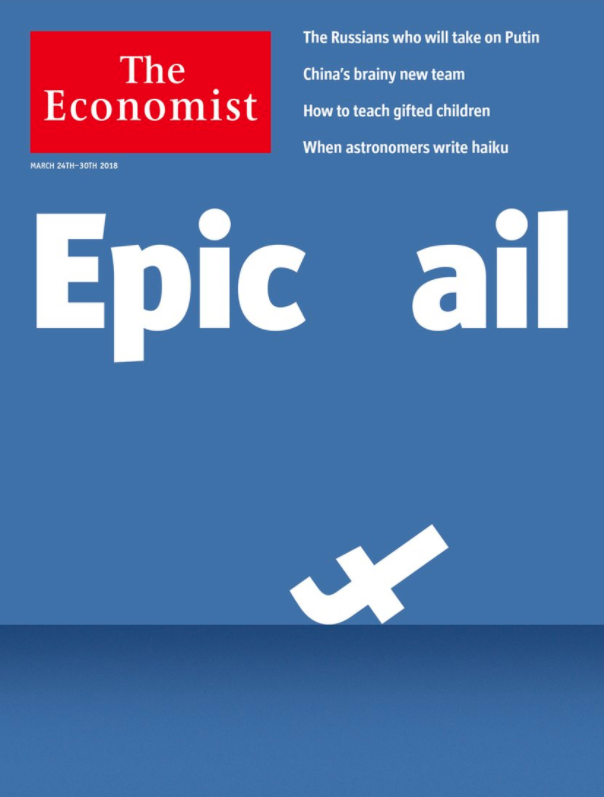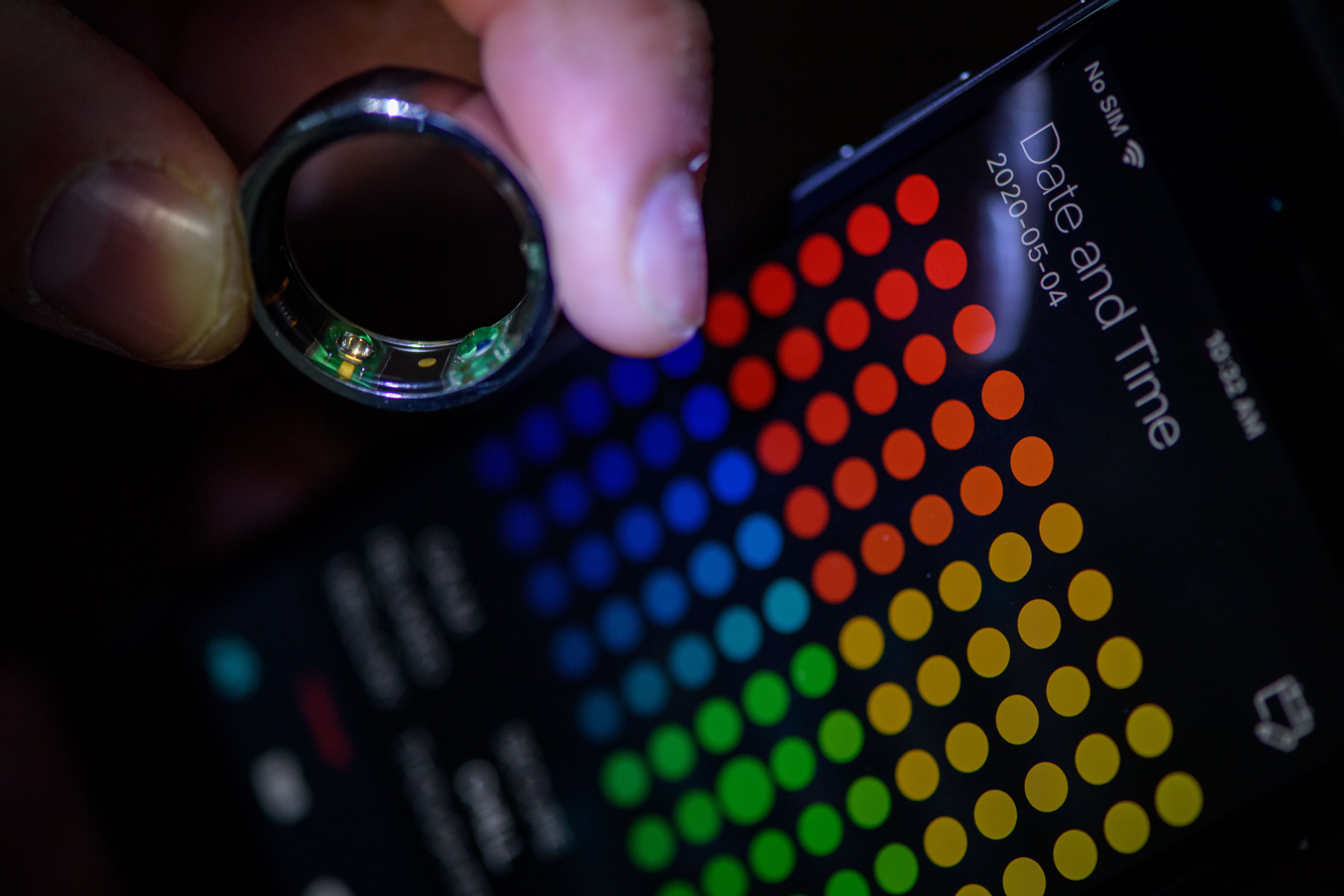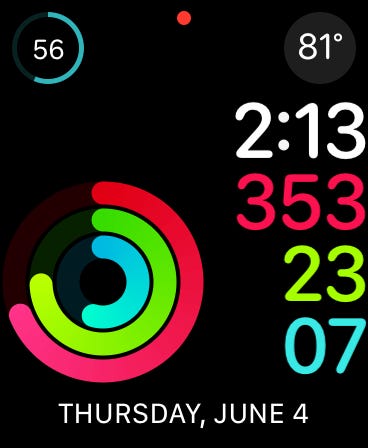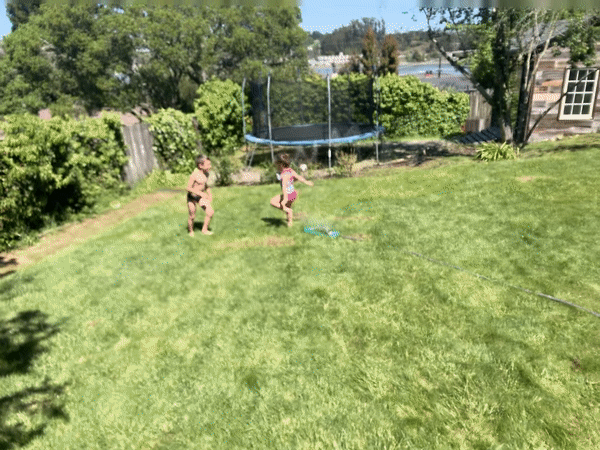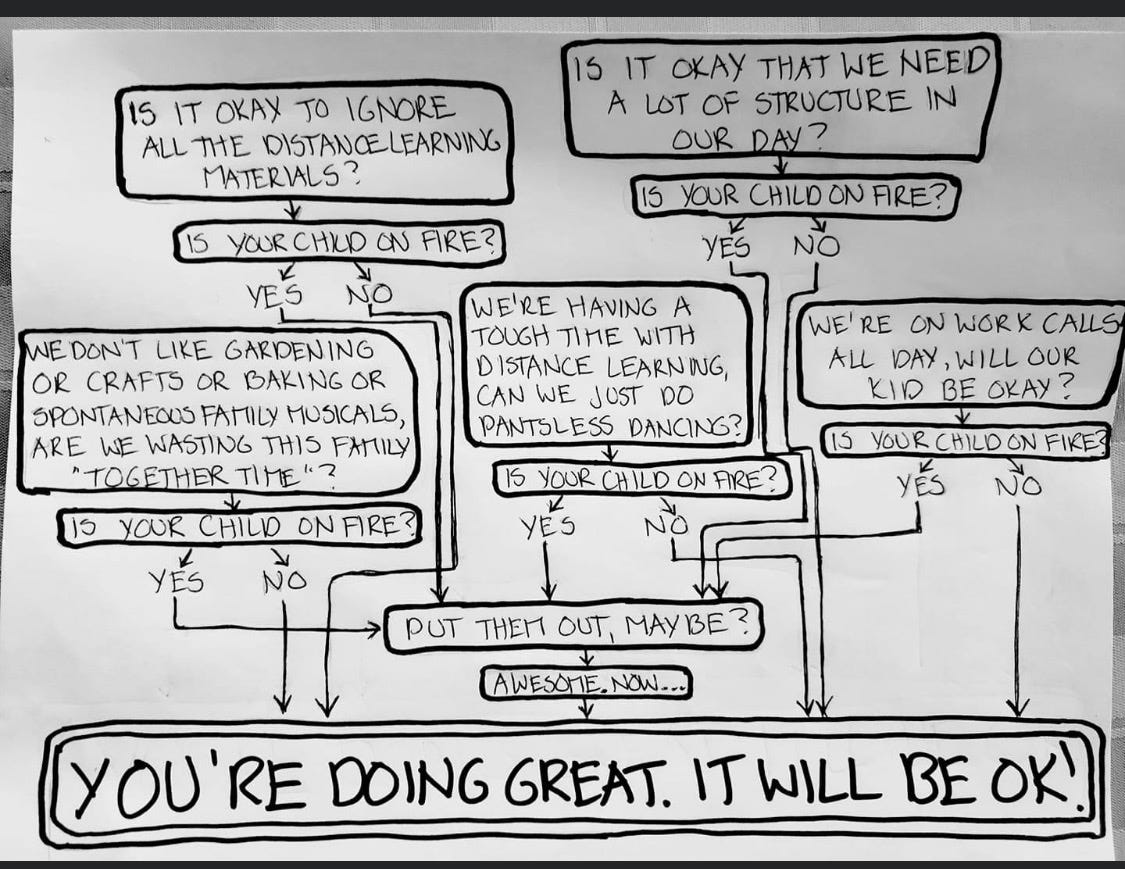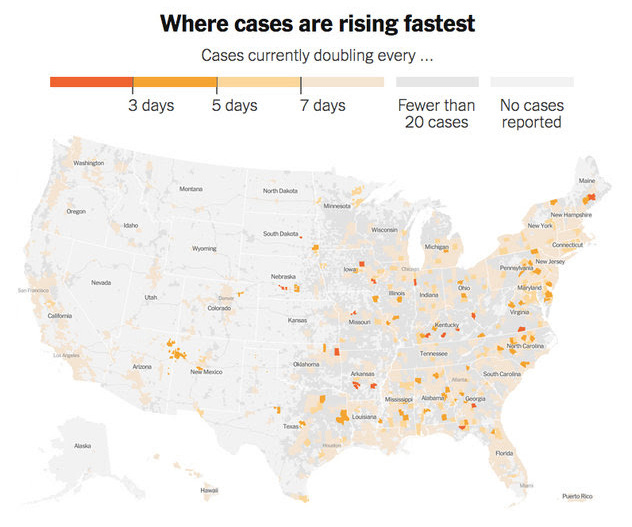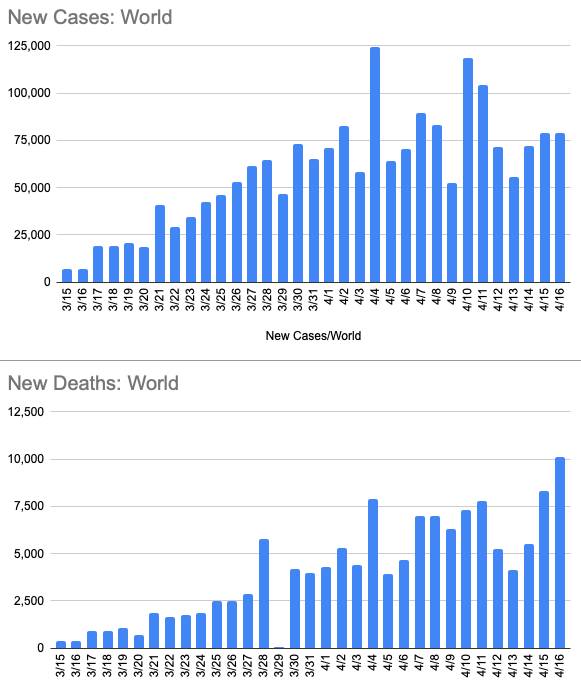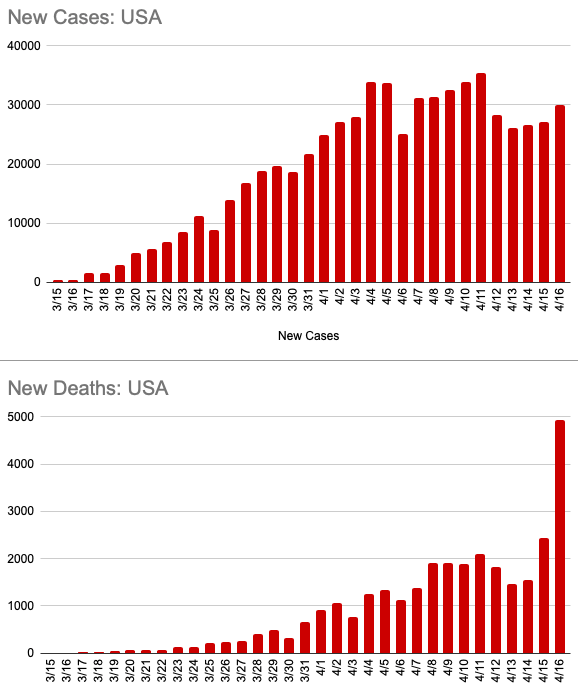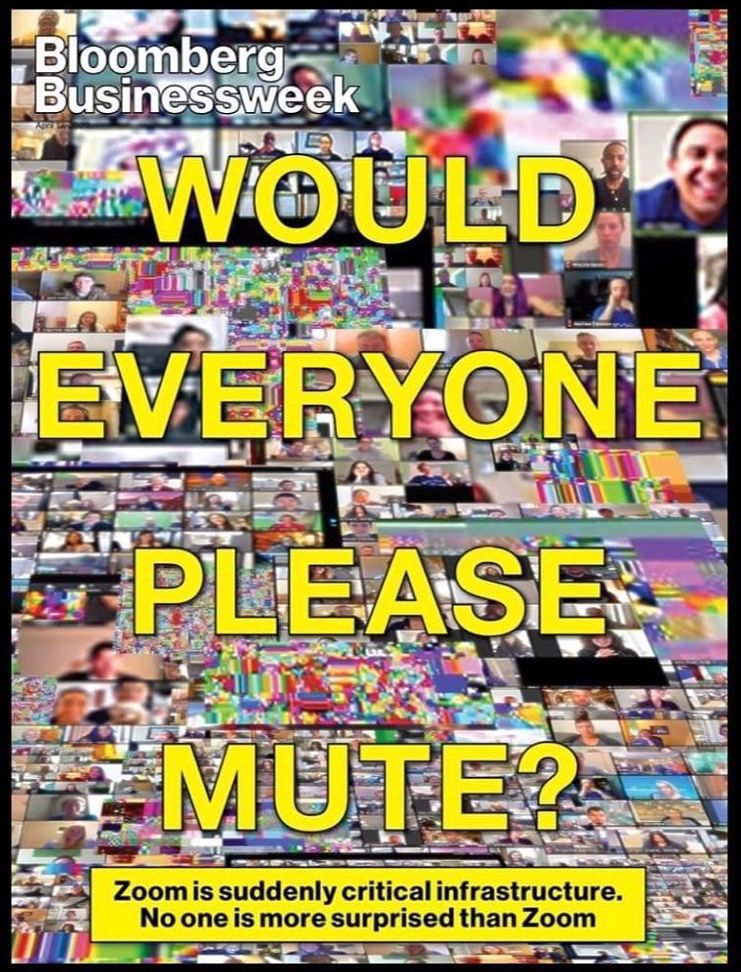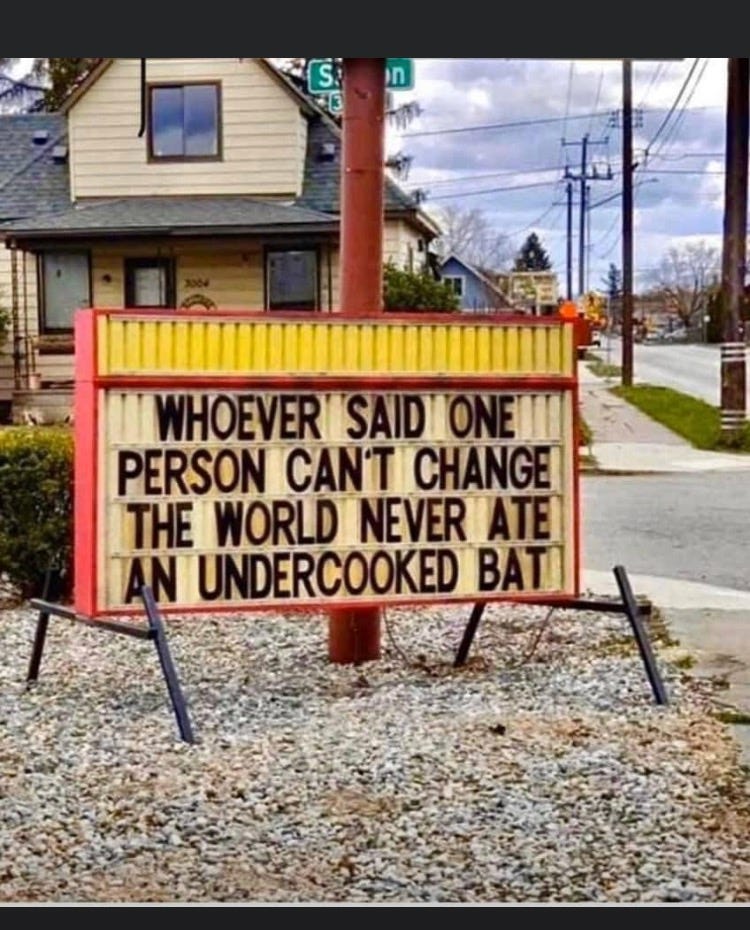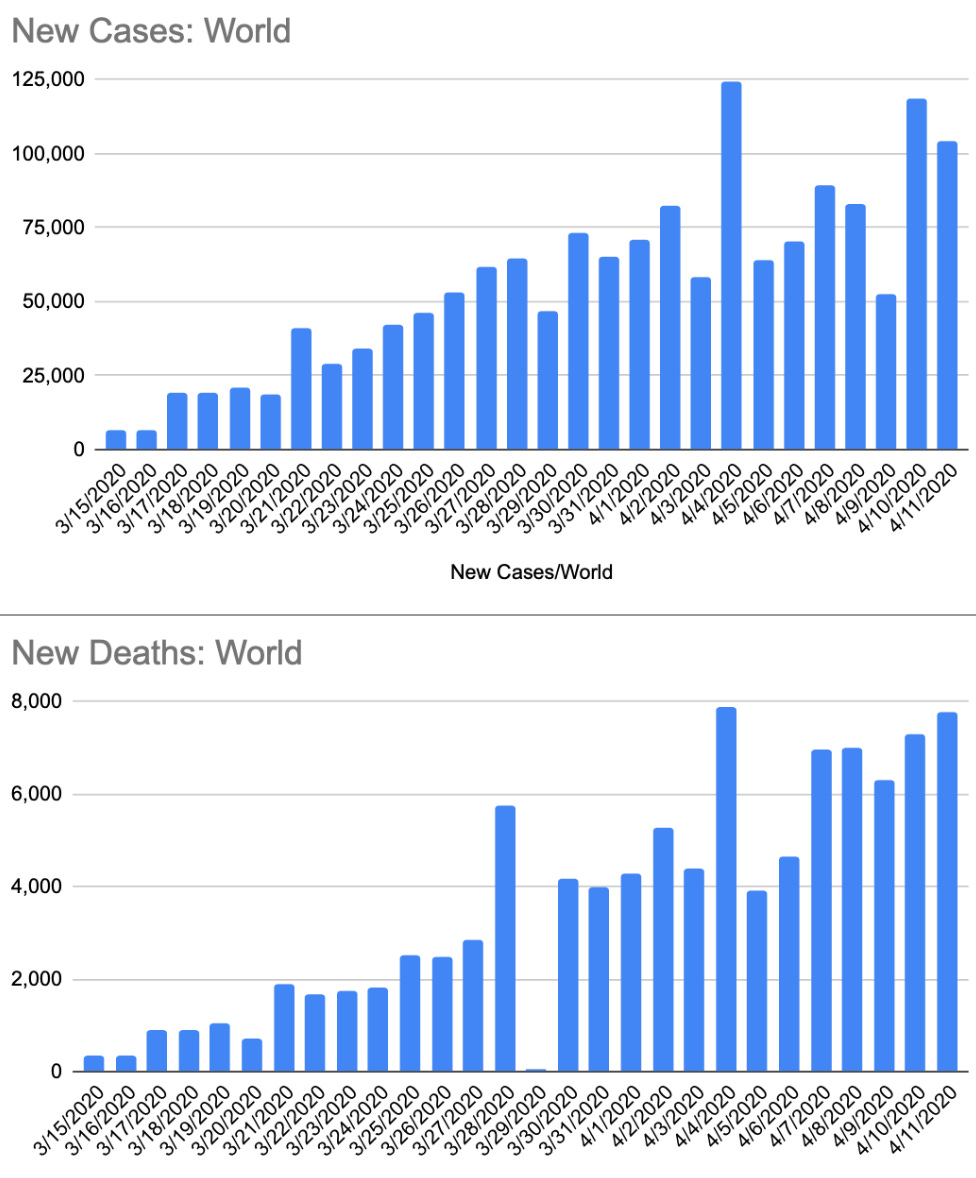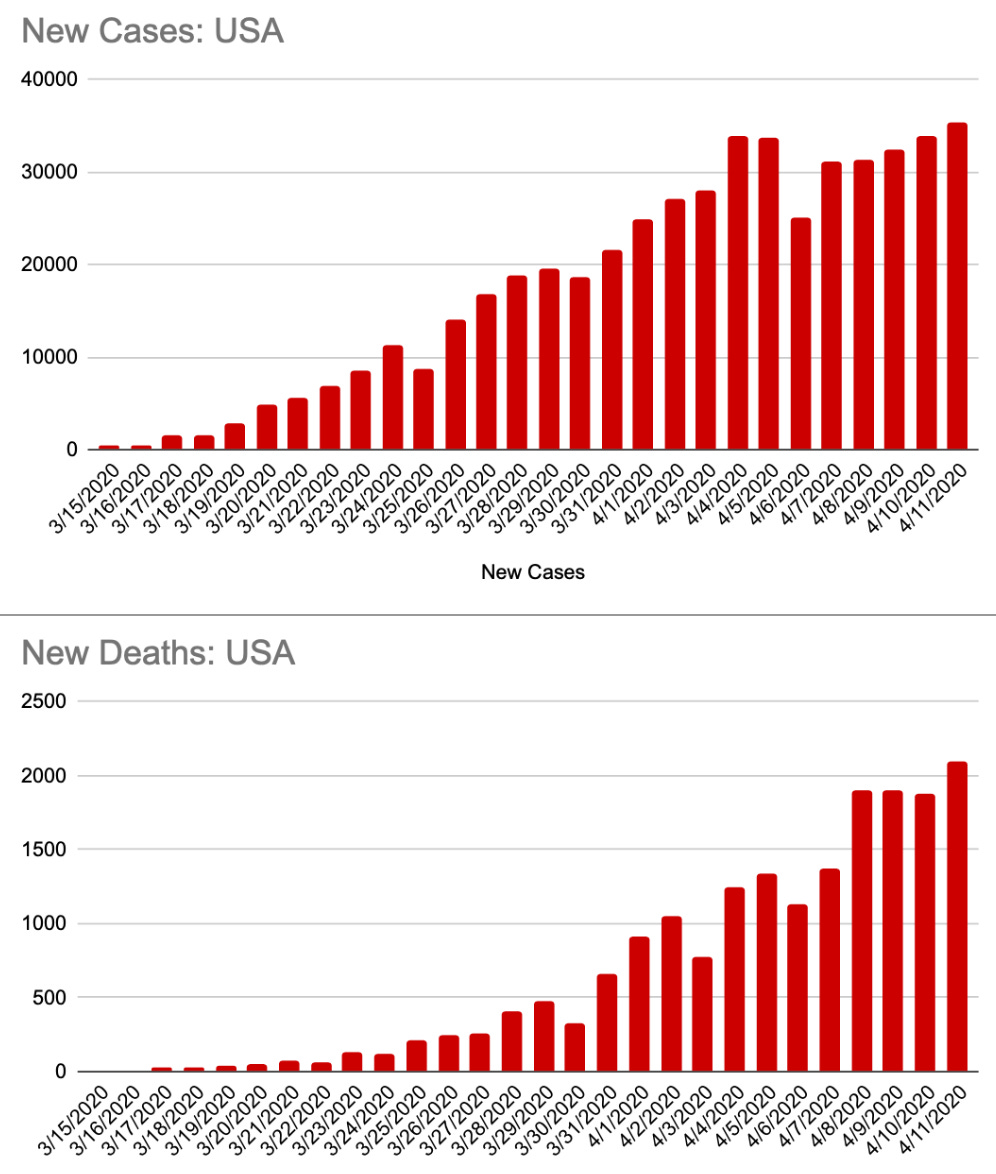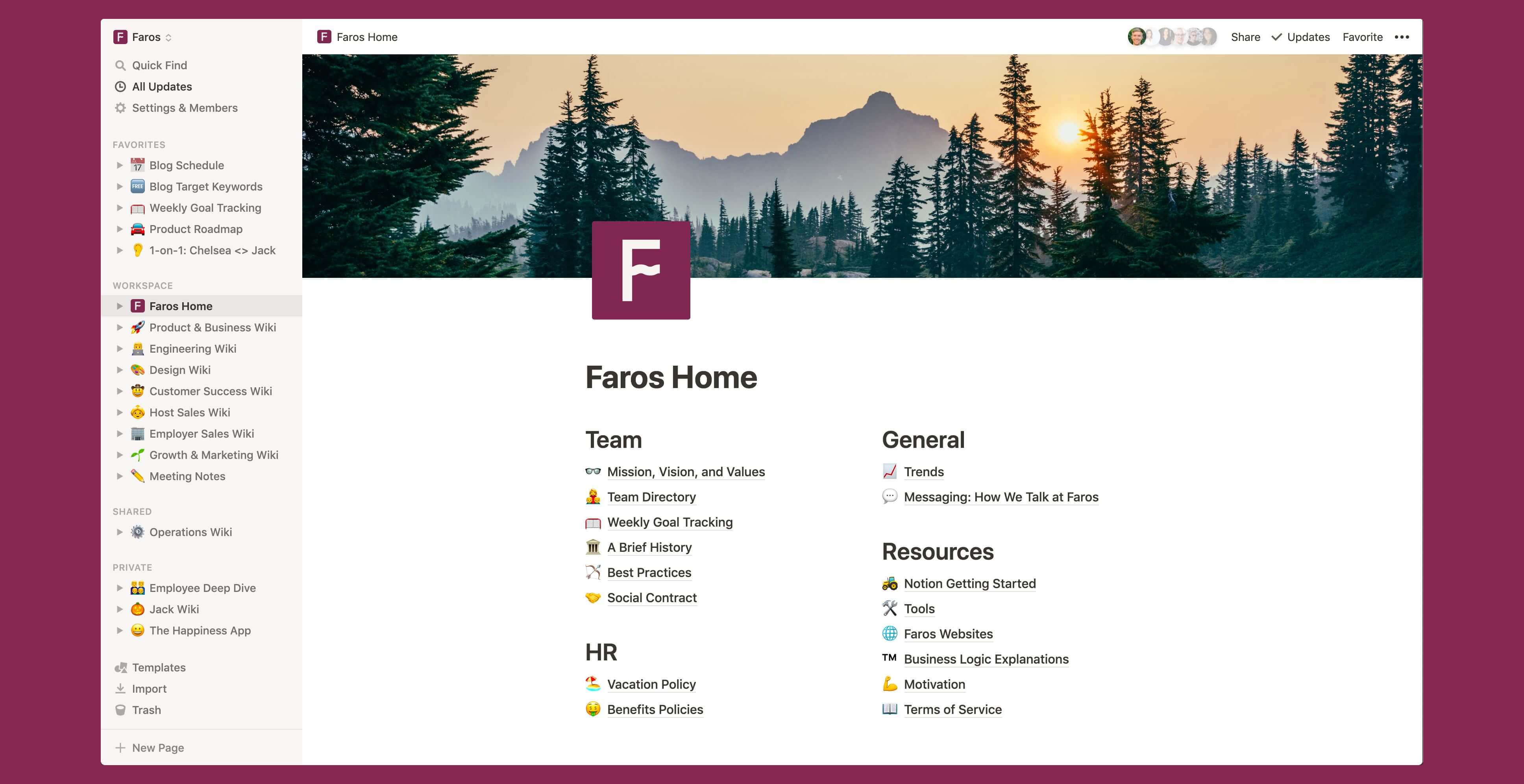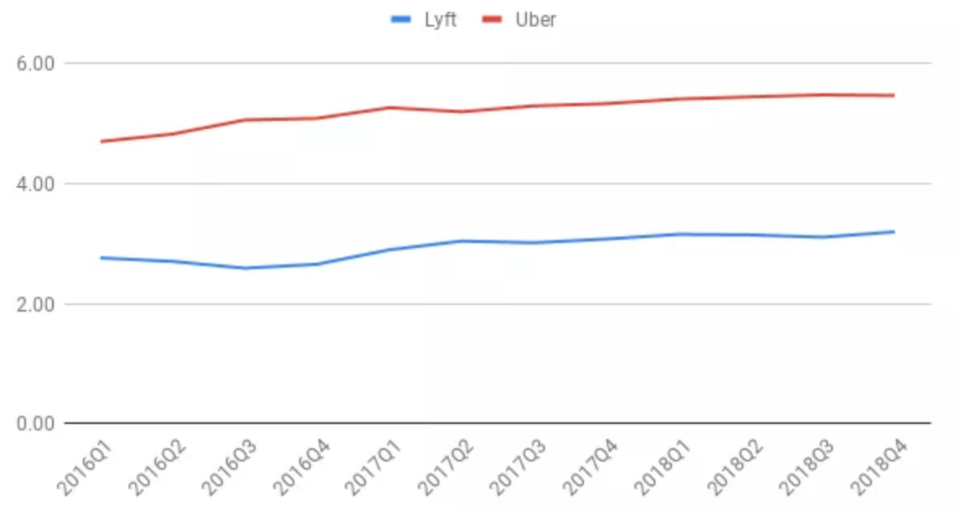Back in 2006, I loved Facebook. I loved connecting with people and friends from around the world. The updates were great to see. The world needed it. I was convinced that social networking was the killer-app for the internet, and I still think that was true.
But then the world matured. By now we’ve all gotten used to it. The novelty has worn off. We take that online social connection for granted.
In today’s world, it’s not just enough to connect people and share the information, you need to provide context around that connection and that information. This is how people get news and information.
I’m not the only one who thinks so. When Trump posted last week “when the looting starts, the shooting starts.” the employees at Facebook wanted to label that post as offensive, but Zuckerberg was adamant that all posts go up without being altered. Hundreds of employees are pissed after the company took no action.
Mark also went on Fox News and criticized Twitter for fact-checking Trump’s posts on mail-in ballots. He said he didn’t want his company to be an “arbiter of truth” on political issues. I think he’s the only one who feels that way.
Come on Mark. Let’s be honest, the reason you care so much is because (a) you don’t want to sign up to do the work. It’s a lot to label posts as incorrect or violent and once you set the precedent that you can’t go back, (b) the alt-right and other groups (Russia) are paying customers and it hurts the business to take sides, and finally (c) when your core product is harmful, you wants few warning labels as possible.
For all of these reasons, my views are switching. I’ve always viewed Facebook and its ability to connect others as a net positive in the world, even with all its flaws. But considering the recent actions and lack of conscience I hear from Mark, I’ve come to think of them as a net negative.
With over a billion monthly users, I only hope it turns around and gets better as they have enormous influence and power in the world.
Continue reading “83: The Fall of Facebook”
